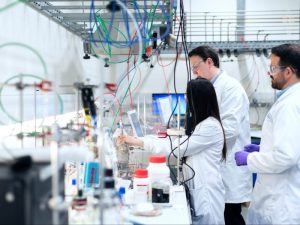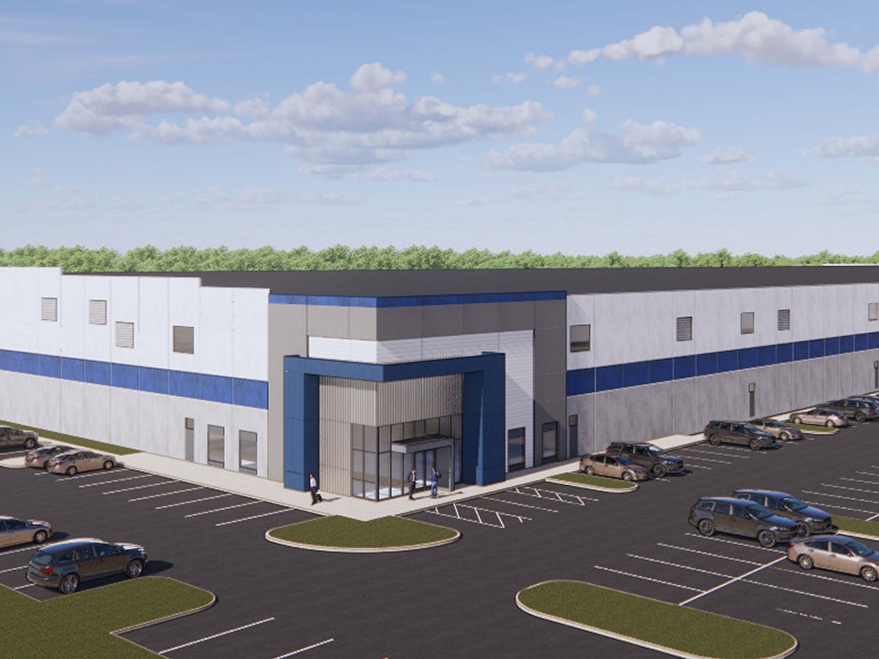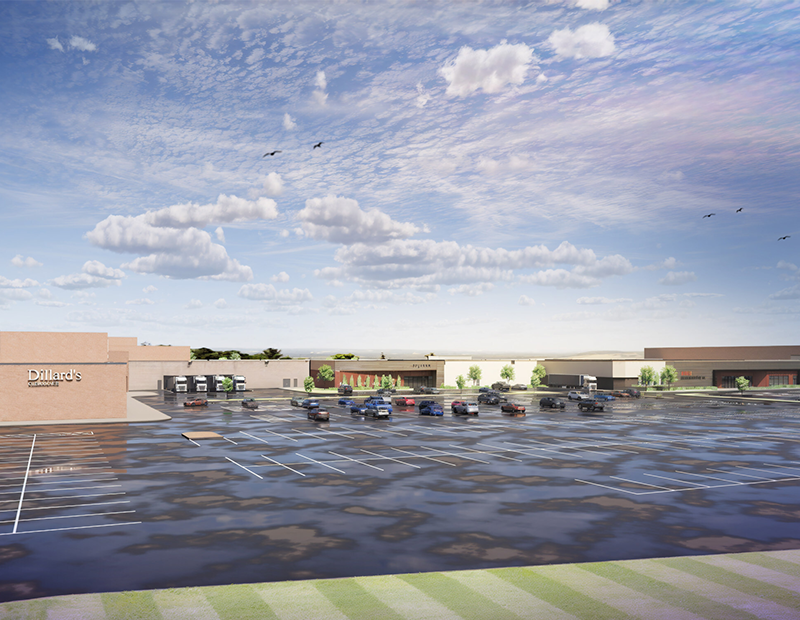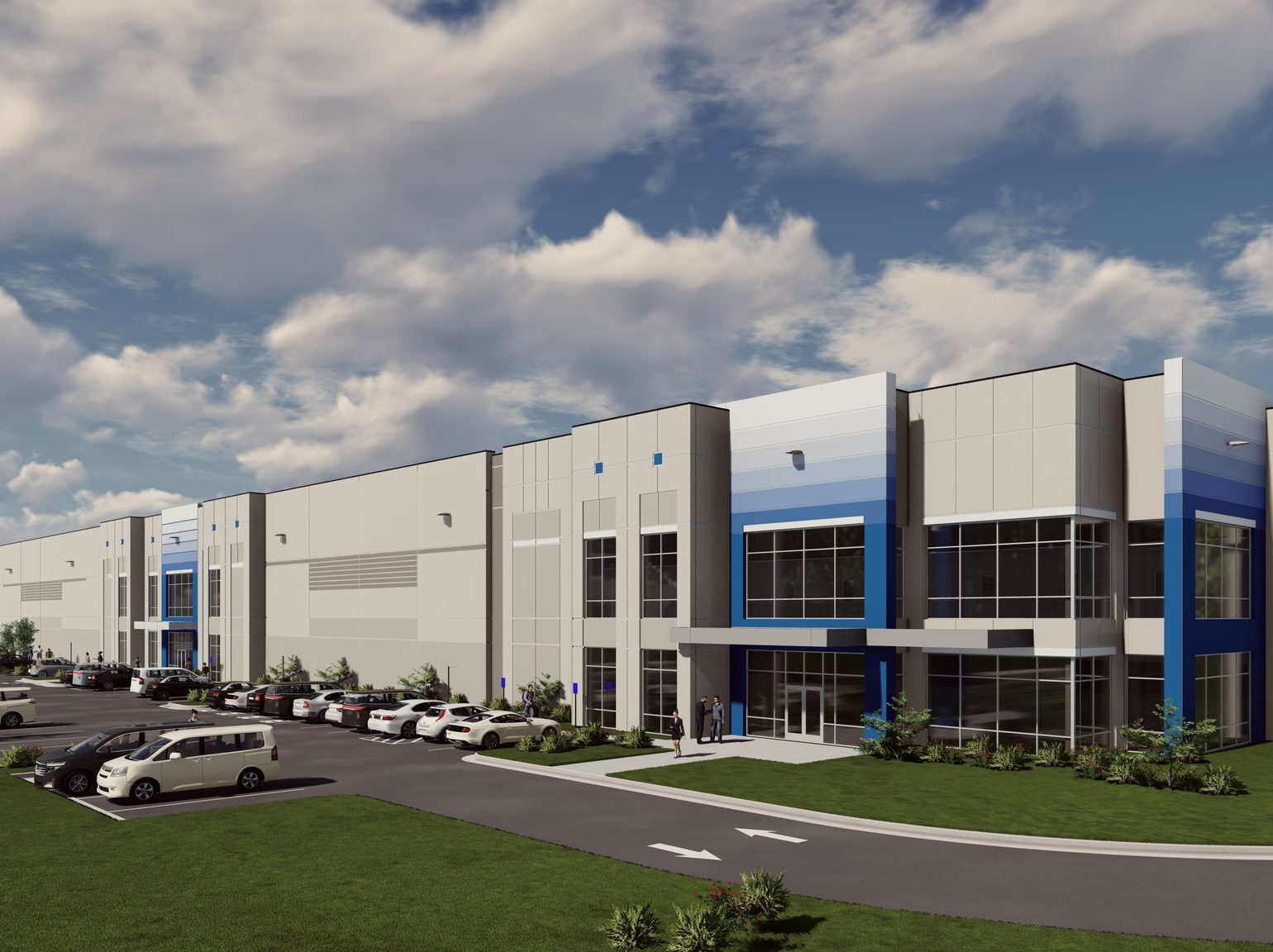Q&A: CBRE’s David Barrett Talks Phoenix’s Growing Life Science Hub
The market leader breaks down what's fueling the niche's growth and the long-term potential for The Valley.
Greater Phoenix has experienced a tremendous economic expansion in recent years. Thanks to the region’s tax-friendly environment and favorable demographic trends, the city continues to foster a diverse business climate.
Besides becoming a center for semiconductor manufacturing, a top growth market for big-box leasing activity and a hot spot for multifamily investment, Greater Phoenix is beginning to emerge as an attractive life science hub.
The Valley of the Sun led life sciences employment growth in the U.S. between 2019 and 2020, ending last year with 22,000 jobs in the sector, according to CBRE. To find out more about this growth, Commercial Property Executive reached out to David Barrett, first vice president at CBRE’s Phoenix office. Barrett talks about what makes Phoenix attractive and whether the metro has the potential to maintain its growth when it comes to life sciences.
READ ALSO: Phoenix Is Thriving. Here’s Why.
What’s fueling the growth of life sciences in Greater Phoenix?
Barrett: The overall environment in Phoenix is well positioned to encourage this growth. A combination of new capital investment ($3.2 billion since 2019) and the construction of more than 5 million square feet of new primary facilities in the last two years helps, obviously. This coupled with the availability of skilled labor, municipalities that are pro-business, a relatively low cost of living, and robust university and community college systems makes Phoenix an attractive alternative to the more entrenched life science communities outside of Arizona.
What can you tell us about the current supply and demand dynamics in Phoenix?
Barrett: Demand is far outstripping current inventory of dedicated bioscience space in Phoenix with many providers considering “green field” sites in order to accommodate their specialized buildouts and planned growth. There continues to be a high demand for incubator-style lab space as well, and in that area, Phoenix is having more success, but it is difficult to keep up with demand.
What are some of the most sought-after submarkets in Phoenix?
Barrett: Access to talent still is the biggest driver. Central and North Phoenix, Scottsdale, Tempe and Chandler all have seen their fair share of growth because of their ability to supply the necessary talent.
Can Phoenix sustain the sector’s growth in the long term?
Barrett: The short answer is yes. A key element to Phoenix maintaining growth in these areas is the continued accessibility to land. While competition from other real estate sectors could present a slight challenge in the future, the amount of existing inventory should allow for continued success.
Maintaining the growth will take commitment: One, to retain a pro-business attitude, and two, to sustain investment in institutions such as our community college system, which has been instrumental in training talent since the Translational Genomics Research Institute first moved to the Valley almost 20 years ago.
How does Phoenix compare to other emerging Sun Belt markets? How does it stand out?
Barrett: These markets all have vibrant research and development communities along with educational institutions that are aligned with providing quality labor, but where Phoenix continues to stand out is the ability to provide both along with lower overall operating costs, sometimes by as much as 10 percent of competing markets.
READ ALSO: The Life Science Industry’s Transformation
What are some of the emerging life sciences subsectors, and how are these changing the need for space?
Barrett: The needs of the life science community are influencing the design of newer buildings in many ways. Life science companies require taller ceiling heights to accommodate testing infrastructure, more robust air circulation, water and heavier electrical power. Developers in Phoenix are hearing these requests and are working to provide the most flexibility in their deliverable product. Many of the newly completed office projects are checking all of those boxes without the need to trade away an enhanced employee experience.
With a rise in office vacancy nationwide, some property owners are converting their buildings into life science facilities. How do you expect this trend to impact Phoenix?
Barrett: This is an interesting concept, and we are currently monitoring some of the conversion projects going on in other markets to see if there are some candidates in our existing inventory. Many of those traditional bioscience hubs are faced with increased costs due to site availability and lengthy approval processes for ground-up development.
Conversion is attractive for them to achieve some level of savings. While Phoenix is not impervious to the increases in construction costs the U.S. has experienced, given the availability of raw land and pro-development attitude of our municipalities, I would expect that ground-up development will still be the preferred alternative, at least in the foreseeable future.
What are your key predictions for the Phoenix life science market in 2022?
Barrett: I expect 2022 will bring more of the same continued growth and investment. The excitement will be in who will put Phoenix in their crosshairs. Previous growth has been tied to cancer detection and treatment, but I expect that we will start to see expansion into Phoenix from the fields of neuroscience and bioinformatics, as well.









You must be logged in to post a comment.